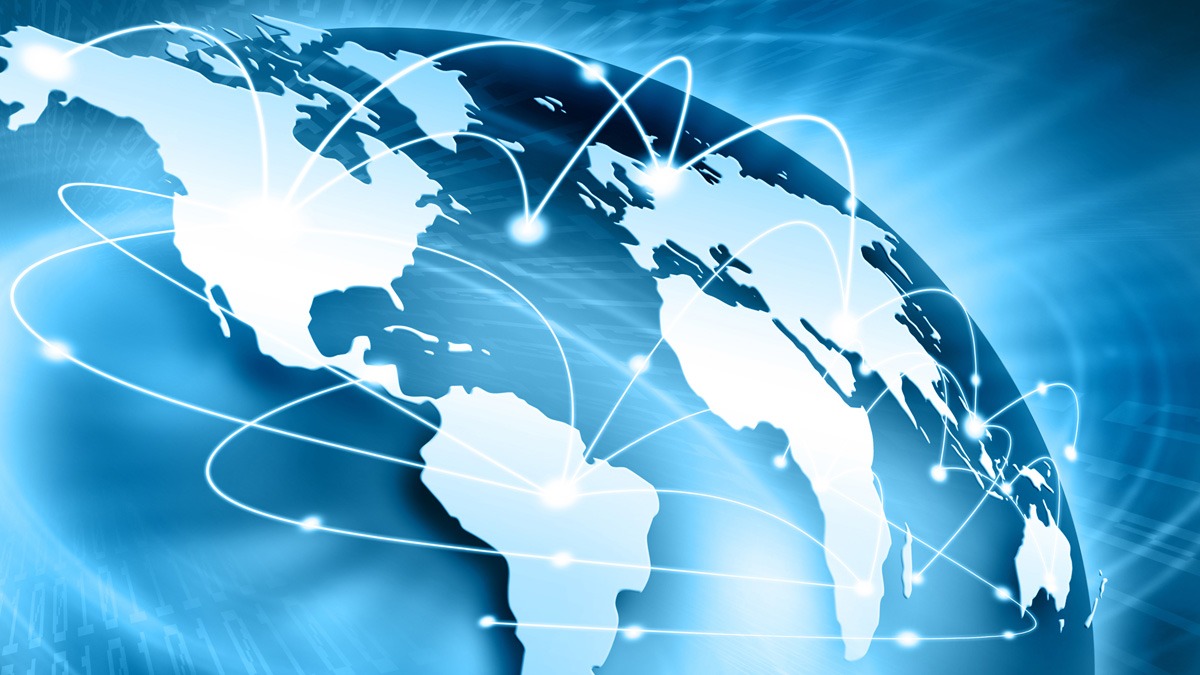Total Project Cost
Investment Required
Stakeholders
Countries
Project Overview
Description
The Amilcar Cabral submarine cable project is part of the ECOWAS broadband backbone infrastructure programme aimed at connecting the island nation of Cabo Verde to its nearest neighbors on the mainland namely Guinea, Guinea-Bissau, Liberia, Sierra Leone and The Gambia. The project aims to connect West African countries to the Ella Link submarine cable, which connects Brazil to Europe. The cable spans 3,555 km and has an estimated lifespan of 25 years. Strong implementation progress with effective regional cooperation. Integrates with the EllaLink cable.
Objectives
Project Objectives: Strengthen international IT connectivity, guarantee connectivity redundancy, contribute to digital development, facilitate socio-economic development, and improve Cape Verde integration with West Africa. Reduce connectivity costs, enable efficient data transmission, and support digital transformation. Additionally, the project aims to:
1) Strengthening the international connectivity of the countries concerned by linking them to the submarine Cable Ella Link which connects Brazil to Europe
2) Interconnecting Cabo Verde, Guinea-Bissau, Guinea, The Gambia, Sierra Leone and Liberia.
Strategic Importance
Strategic project for regional digital connectivity enhancement and cost reduction
Technical Specifications
Technology & Design
Project to link six West African countries to the EllaLink submarine cable (Brazil–Europe), with a total cable length of 3 555 km (2 955 km main trunk and four branch units), 12 Tbps capacity, 25-year design life.
Capacity & Size
2,955 km total length, 4 branching units, 2 stubs for future expansion, 25-year lifetime, 12 Tbps capacity
Technical Details
High-capacity submarine cable, Multiple branching units, Future expansion capability, Modern transmission technology
Website spec: 2,955 km length, 4 branching units, 12Tbps capacity, 25-year lifespan.
Development, Implementation & Financial Details
Development Timeline
Strong advancement: MOU signed (February 2023), First Steering Committee Meeting completed (2022), Implementation progressing effectively
Latest Implementation Updates
UPDATED11 Oct 2024: Official opening of the Committee of Experts meeting in Conakry (Guinea) to examine the consortium's MoU, assess detailed implementation studies, fiscal frameworks and SPC setup—opened by Guinea's Minister of Posts & Digital Economy and ECOWAS Commissioner for Infrastructure, Energy & Transport. (https://www.ecowas.int/official-opening-of-the-meeting-of-the-committee-of-experts-to-examine-the-memorandum-of-understanding-of-the-consortium-for-the-amilcar-cabral-submarine-cable-project/)
February – March 2025: The Republic of Liberia's Ministry of Posts and Telecommunications initiated site assessments for the cable's landing in Buchanan, Grand Bassa County. Five potential landing sites were surveyed: Small Fanti Town; Big Fanti Town; Upper Buchanan; Mother/Reverend Dukuly Memorial Site; and other strategic locations along the coast. This move follows a 2024 blackout that underscored Liberia's need for a second submarine cable to bolster digital resilience.
2025-07-21 — Liberia, in partnership with ECOWAS and the World Bank, officially launched the “Second Submarine Cable Project.” This initiative will connect Liberia, Gambia, Guinea-Bissau, Guinea, and Sierra Leone, providing critical redundancy to the existing ACE cable and boosting resilience against outages. It aims to reduce internet costs, increase international bandwidth, and strengthen regional integration in West Africa. [https://developingtelecoms.com/telecom-technology/optical-fixed-networks/18809-liberia-ecowas-plan-second-subsea-cable-for-five-west-african-countries.html]
2025-07-22 — African Wireless Communications reported further on Liberia’s leadership role in the West Africa connectivity drive, noting that the new cable will not only serve coastal states but also enhance inland broadband distribution, improving service delivery for millions of citizens. [https://www.africanwirelesscomms.com/news-details?itemid=9474&post=liberia-launches-initiative-to-deploy-second-subsea-cable-connecting-west-africa-946920]
Financing Structure
Partially financed by private investors combined with financial support from international and public institutions
Project Timeline
Start Date
October 2017
Development Timeline
Strong advancement: MOU signed (February 2023), First Steering Committee Meeting completed (2022), Implementation progressing effectively
Project Status History
Status 2020
Project Definition
Status 2022
Pre-Feasibility
Status 2024
Transaction Support
Additional Project Details
Construction Timeline
Construction preparation phase with technical specifications finalized
Legal & Financial Advisors
Not Available
Market Analysis
Market Analysis
Strong regional cooperation driving project forward
Market Demand
West African coastal populations and businesses
Key Stakeholders
Project Sponsor
ECOWAS
Key Parties
ECOWAS Commission
Investors
Private investors and development partners
Contractors & Operators
Not Available
Risk Assessment
General Risk Assessment
Marine environment challenges, Technical implementation complexity, Cross-border coordination requirements, Long-term maintenance needs
Regulatory Risks
Regional regulatory harmonization required for effective implementation
Impact Assessment
Environmental Impact
Marine environmental assessment completed with mitigation measures
Social Impact
Improves regional connectivity, reduces digital divide, enhances socio-economic development
Investment Opportunities
Private Sector Opportunities
Significant private sector opportunities in cable operations, maintenance, and digital services
Next Steps & Agreements
Next Steps
Implement MOU provisions and advance to financial close
Offtake Agreements
Not Available
Contact Information
Not Available
